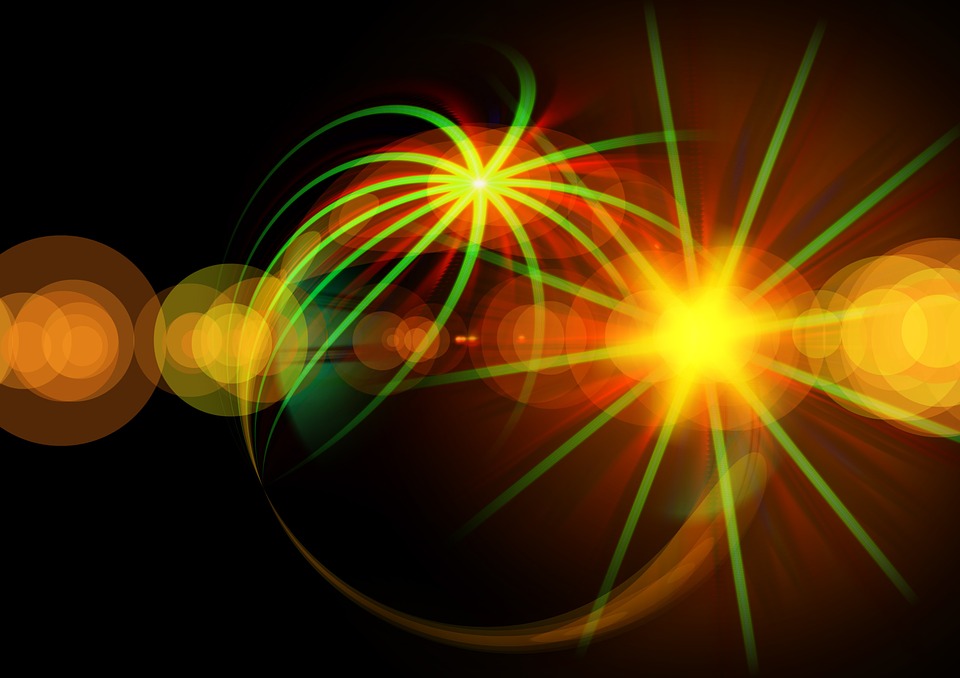
Sea stars, also known as starfish, are fascinating marine animals that belong to the phylum Echinodermata. They are found in all the world’s oceans, from the shallow intertidal zone to the depths of the abyssal plain. Sea stars are highly adapted to their environment, and their unique biological structure allows them to perform a range of functions, from feeding to locomotion to reproduction. In this essay, we will discuss the key features of the biological structure of sea stars, including their body plan, nervous system, feeding structures, and reproductive system. We will also explore the evolutionary development of these features and how they have contributed to the success of sea stars as a group.
Body Plan
The body plan of sea stars is highly distinctive and easily recognizable. They have a central disk that is connected to multiple arms or rays that radiate out from the center. The number of arms can vary between species, but most sea stars have five arms. The arms are supported by a complex network of calcareous ossicles, which give them their rigidity and flexibility. The ossicles are also covered by a thin layer of skin, called the epidermis, which contains pigment cells that give the sea star its coloration.
One of the most notable features of the sea star body plan is their ability to regenerate lost body parts. This is possible because sea stars have a decentralized nervous system, which means that they do not have a centralized brain like most animals. Instead, they have a nerve ring that encircles the central disk, with radial nerves extending out into each arm. This decentralized nervous system allows the sea star to respond to stimuli and coordinate movement even if it has lost some of its arms. In some species, the lost arms can even regenerate into new individuals.
Feeding Structures
Sea stars are voracious predators that feed on a variety of marine invertebrates, including mollusks, crustaceans, and other echinoderms. They use a unique feeding structure called the water vascular system to capture and digest their prey. The water vascular system consists of a series of interconnected canals and chambers that are filled with seawater. The system is powered by a muscular sac called the madreporite, which draws in water and pumps it through the canals.
At the end of each arm, sea stars have small tube feet that are used for locomotion and feeding. The tube feet are connected to the water vascular system and are used to create suction, allowing the sea star to attach to its prey. Once attached, the sea star everts its stomach out of its mouth and into the prey’s shell, secreting digestive enzymes that break down the tissue. The partially digested prey is then consumed, and the remaining waste is expelled through a small opening on the sea star’s underside.
Reproductive System
Sea stars have a unique reproductive system that allows them to reproduce both sexually and asexually. In many species, the sexes are separate, with individuals producing either eggs or sperm. Fertilization usually takes place externally, with the eggs and sperm being released into the water column. The resulting larvae are planktonic and undergo a complex metamorphosis before settling on the seafloor and developing into adults.
Some species of sea stars are also capable of asexual reproduction, which allows them to quickly colonize new areas or recover from damage. Asexual reproduction can occur through fragmentation, in which a piece of the sea star breaks off and regenerates into a new individual, or through autotomy, in which the sea star voluntarily sheds an arm or part of its central disk that can regenerate into a new individual.
Evolutionary Development
The unique biological structure of sea stars has evolved over millions of years and is the result of a combination of genetic and environmental factors. Factors that have contributed to the development of the sea star body plan include their benthic lifestyle, which requires adaptations for slow movement and feeding, and their evolutionary history, which has led to the development of their unique water vascular system and regenerative abilities.
The earliest echinoderms were sessile, filter-feeding animals that attached themselves to hard substrates in the ocean. Over time, echinoderms evolved the ability to move across the seafloor, with some groups developing the ability to swim. Sea stars likely evolved from a swimming ancestor and adapted to a benthic lifestyle, developing their distinctive arms and tube feet for slow movement and feeding.
The development of the water vascular system in echinoderms is thought to have evolved from the coelom, a fluid-filled cavity that is present in many invertebrates. The coelom in echinoderms was modified over time to create a system for movement and feeding, with the madreporite and tube feet developing as key components.
The regenerative abilities of sea stars are thought to have evolved as a response to predation pressure, with individuals that could regenerate lost body parts having a higher chance of survival. The decentralized nervous system of sea stars also likely played a role in the evolution of their regenerative abilities, as it allowed them to continue to function even if they lost some of their arms.
In conclusion, the biological structure of sea stars is highly adapted to their environment and has evolved over millions of years in response to a range of genetic and environmental factors. Their distinctive body plan, water vascular system, and regenerative abilities have allowed them to become successful and diverse members of the marine ecosystem. Understanding the evolution and biology of sea stars not only helps us to appreciate their unique features, but also sheds light on the broader processes that shape the diversity of life on Earth.







